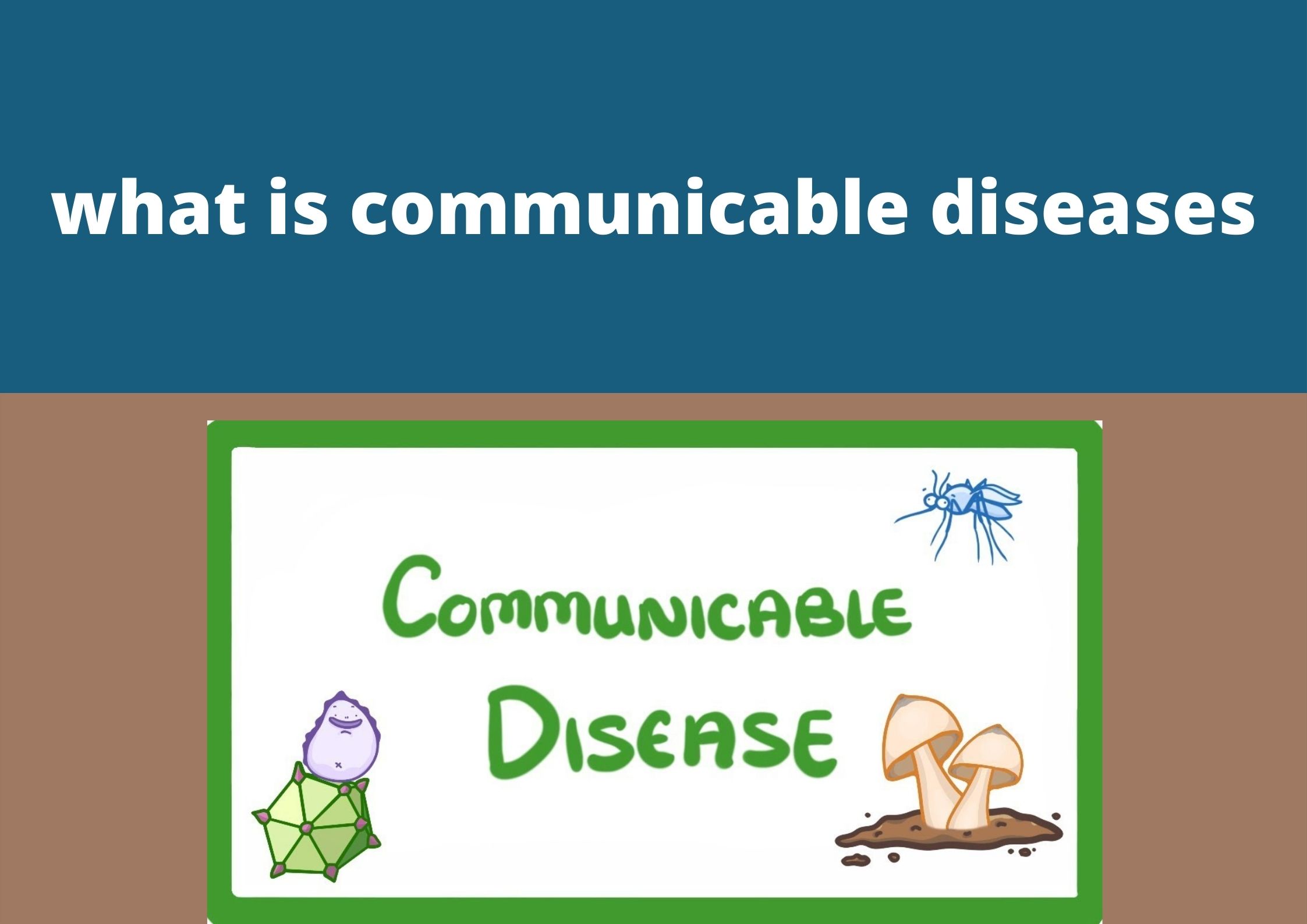what is communicable diseases
Let us understand how communicable diseases are spread. These diseases are caused by certain infectious agents which may be bacteria or viruses. These are capable of being transmitted from person to person or from the environment to person.
Classification communicable diseases
Communicable diseases can be classified on the basis of the causative organisms. These are as follow:
• Bacterial: Typhoid, Cholera, Tuberculosis
• Viral: Common cold, Influenza, HIV infection, Dengue
• Protozoal: Malaria, Kala azar
• Fungal: Fungal infections of nails, groins, skin, hair
• Parasitic: Infestations of intestinal worms, like round worm, or lice.
Modes of transmission:
The modes of transmission can be classified as direct transmission and indirect transmission.
(a) Direct transmission
As we have studied in our earlier classes, direct transmission of diseases takes place as follows:
Direct contact or touching: When we touch a person or come in direct contact with the skin or mucous membrane of the diseased person, it transmits infections like skin and eye infection.
Droplet infection: Spray of droplets of saliva or secretion of a diseased person spreads common cold, tuberculosis, meningitis.
Contact with soil: Can cause acquiring the disease agent directly and may spread diseases like: hookworm infestation and tetanus.
Inoculation into skin or mucosa: Certain diseases spread in other ways. For example, Rabies is spread to humans from animal. It is generally known that it occurs due to a dog or a monkey bite. Hepatitis occurs owing to virus, transmitted through contaminated needles. The HIV (Human Immunodeficiency Virus) can be transmitted by sexual contact or through transmission of infected blood from an infected person. HIV can be transmitted by the HIV infected mother to baby and can cause AIDS (Acquired Immune Deficiency Syndrome).
(b) Indirect transmission
Communicable diseases are also transmitted indirectly in the following ways that are popularly known as ‘5Fs’— flies, fingers, fomites (material capable of carrying infections, like towels, handkarchiefs etc.), food and fluid.
Some diseases are spread through water, food, ice, blood and body tissues and organs. For example, typhoid, diarrhoea, polio, intestinal parasites and infective hepatitis. Flies contaminate food and other eatables.
A living carrier (also known as a vector) is a disease agent that lives on or inside the body of the carrier causing diseases like malaria and plague.
Airborne infectious materials transmitted through droplet infection or dust cause diseases like respiratory infections and itch mites. Fomites are objects like towels, handkerchiefs, toys, glass, spoons, etc. which we use daily. Eye and skin infections and dysentery (diarrhoea with blood) are spread through these fomites. Our unclean hands and fingers act as disease causing agents and transfer infection to food through skin, nose, and causes diseases, such as intestinal parasites, dysentery, typhoid.
Healthy people can also spread disease if they are “carriers”.These are the people who themselves may be immune to the organisms they harbour, but can be a source of transmission to others as happens in the case of typhoid.
Prevention and Control of Communicable Diseases
The following measures help in prevention and control the spread of communicable diseases:
1. Personal hygiene
• Bathing everyday and clean clothes keep our body free from harmful microbes.
• Cutting nails and washing hair regularly.
• Brushing teeth twice a day (morning and night) particularly after meals.
• Ensuring that your ears are clean.
• Do not share articles that are of personal use, that is, towels, soaps, tooth brushes, combs, razors and other toiletries.
•Wash hands before touching food or water and before eating or drinking.
•Wash hands with soap and water before touching your face, eyes and mouth and also before and after using the toilet.
2. Food and water hygiene
• Drink potable water. If it does not appear clean, boil or filter and then consume it.
• Eat only freshly prepared food or consume it within four hours of preparation.
• Do not purchase and consume fruits and vegetables which have been cut and kept in the open for a long time.
• Keep all food articles covered to prevent contamination by flies.
Vaccines for communicable diseases
Vaccines boost immunity and thus helps the body fight diseases. A large number of infectious diseases can be prevented by taking vaccines at an appropriate time, such as, diphtheria, pertussis, polio, tetanus, rabies, measles, chickenpox, typhoid, etc.
Isolation of patients with communicable diseases
Patients suffering from such diseases that are communicable should be kept in a clean environment isolated from others.
Education and awareness for communicable diseases
It is important to make people aware about communicable diseases, their causes and modes of spread. People should also be made aware of their responsibilities towards control of communicable diseases, e.g. ensuring use of safe water, healthy food and proper management of garbage and waste disposal.

1 thought on “what is communicable diseases”
Comments are closed.